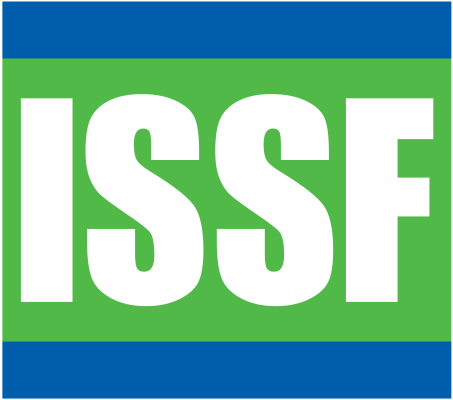Document: ISSF 2014-08: Updated Guidance on Electronic Monitoring Systems for Tropical Tuna Purse Seine Fisheries*
1. BACKGROUND
Restrepo (2012) provided guidance on the use of electronic monitoring systems as an alternative or complement to human observer programs. The emphasis then was primarily on collecting data onboard the vessel that could not be recorded at the point of landing (e.g., discards.) Since then, there have been new developments by various commercial vendors that intend to provide electronic monitoring for purse seiners, especially in the Indian and Atlantic Oceans. In these two oceans, the RFMOs (IOTC and ICCAT) do not require 100% observer coverage, but ISSF does for those purse seine vessels that want to supply tuna to ISSF Participating Companies (ISSF 2014). Stanley (2013) also provided additional guidance partly based on Restrepo (2012). The objective of this document is to update Restrepo (2012) following these recent developments. This document repeats some of the content in Restrepo (2012) as it is intended to replace it. This document does not intend to provide an exhaustive overview of what constitutes an EM program. McElderry (2008) discusses elements that should be considered in efforts to operationalize EMS.
From the outset, it is important to note that neither ISSF nor the authors recommend one commercial EMS vendor over the others. All of the systems that the authors are familiar with can perform better than the others at certain tasks. In addition, vessel configurations and processing of the catch can differ substantially, which makes it difficult for a single system to perform adequately in all circumstances.
As Restrepo (2012) stressed, it is important to avoid the circumstance where vessels will simply install cameras on board and call that an electronic observer program. Electronic monitoring is much more than CCTV cameras. Careful thought needs to be given to the data that are collected, and ensuring that they are analyzed by an independent authority, such as the RFMO, the flag state, the licensing authority or an accredited institution.
Downloads: 972 | Views: 0
